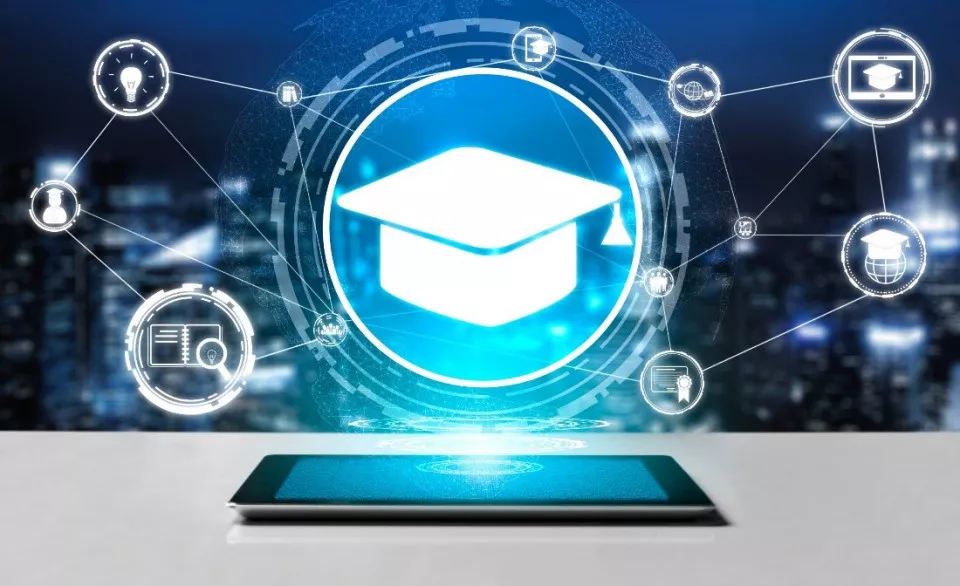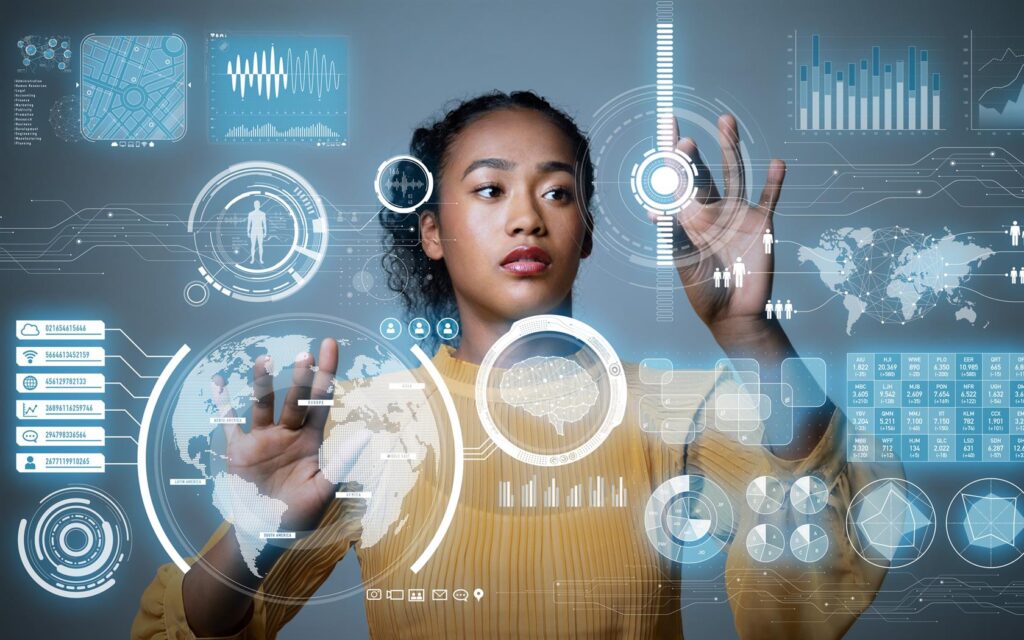Tech Trends Revolutionizing Education

In the ever-evolving landscape of education, technology continues to play a pivotal role in reshaping the way we teach and learn. As we step into a new era, several transformative tech trends are taking center stage, promising to redefine the educational experience for students and educators alike. From augmented reality in classrooms to personalized learning pathways, this article explores the key tech trends that are revolutionizing education.
Augmented Reality (AR) in Education
Augmented Reality, once confined to the realm of gaming and entertainment, is making significant inroads into education. AR overlays digital content onto the real world, creating an immersive learning experience. In classrooms, AR can bring textbooks to life, allowing students to interact with 3D models of historical artifacts, scientific phenomena, or complex mathematical concepts. This technology bridges the gap between theory and practice, making abstract concepts tangible and fostering deeper understanding.
Imagine a history lesson where students can virtually explore ancient civilizations or a biology class where the human anatomy is brought to life through interactive AR simulations. The potential applications of AR in education are vast, enhancing engagement and promoting active learning.
Artificial Intelligence (AI) and Personalized Learning
Artificial Intelligence is transforming the educational landscape by enabling personalized learning experiences. AI algorithms analyze individual student performance and adapt the curriculum to meet their unique needs. This personalized approach ensures that students progress at their own pace, receive targeted support in areas where they struggle, and are challenged in areas where they excel.
Adaptive learning platforms powered by AI can provide real-time feedback, track progress, and recommend personalized resources. This not only empowers students to take ownership of their learning journey but also allows educators to focus on addressing specific learning gaps. AI is not replacing teachers; instead, it’s enhancing their ability to cater to diverse learning styles within a single classroom.
Gamification for Engagement
Gamification, the integration of game elements into non-game contexts, is gaining traction in education as a powerful tool for student engagement. By incorporating game mechanics such as rewards, competition, and challenges into the learning process, educators can make lessons more interactive and enjoyable.
Educational games foster collaboration, critical thinking, and problem-solving skills. They also provide immediate feedback, allowing students to learn from their mistakes and iterate on their understanding. Gamification not only captures the attention of digital-native students but also creates a positive and motivating learning environment.

Virtual Reality (VR) for Immersive Learning
Virtual Reality is pushing the boundaries of traditional education by offering immersive experiences that transcend physical limitations. VR allows students to explore historical landmarks, conduct virtual science experiments, or even travel to outer space without leaving the classroom. This technology provides a level of engagement and experiential learning that goes beyond what traditional methods can achieve.
In vocational training, VR simulations enable students to practice real-world skills in a risk-free environment. For instance, medical students can perform virtual surgeries, and aspiring architects can design buildings in a virtual space. VR has the potential to democratize access to experiences and resources, ensuring that all students, regardless of their physical location, can benefit from enriched learning opportunities.
Blockchain for Secure Credentialing
Blockchain technology is making waves in the education sector, offering a secure and transparent system for credential verification. Traditional paper-based certificates and transcripts can be vulnerable to fraud and misrepresentation. Blockchain provides a decentralized and tamper-proof ledger that verifies the authenticity of academic credentials.
With blockchain, employers can confidently verify the qualifications of job candidates, and students can have a secure and portable digital record of their academic achievements. This technology not only streamlines the credentialing process but also enhances the credibility and integrity of academic qualifications.
Internet of Things (IoT) in Smart Classrooms
The Internet of Things (IoT) is creating smart classrooms where interconnected devices and sensors enhance the overall learning environment. Smartboards, connected devices, and wearables enable seamless communication and data exchange between students, teachers, and educational resources.
IoT in education goes beyond convenience; it enables the collection of real-time data on student engagement, attendance, and performance. This data-driven approach allows educators to make informed decisions, identify areas for improvement, and tailor instruction to better meet the needs of individual students.
Conclusion
As we witness the convergence of technology and education, the possibilities for transforming the learning experience are boundless. From augmented reality and artificial intelligence to gamification and blockchain, these tech trends are reshaping education in unprecedented ways.
As educators, policymakers, and technology developers collaborate to harness the potential of these trends, we can look forward to a future where education is truly dynamic, inclusive, and equipped to meet the needs of every learner.




Leave a Comment